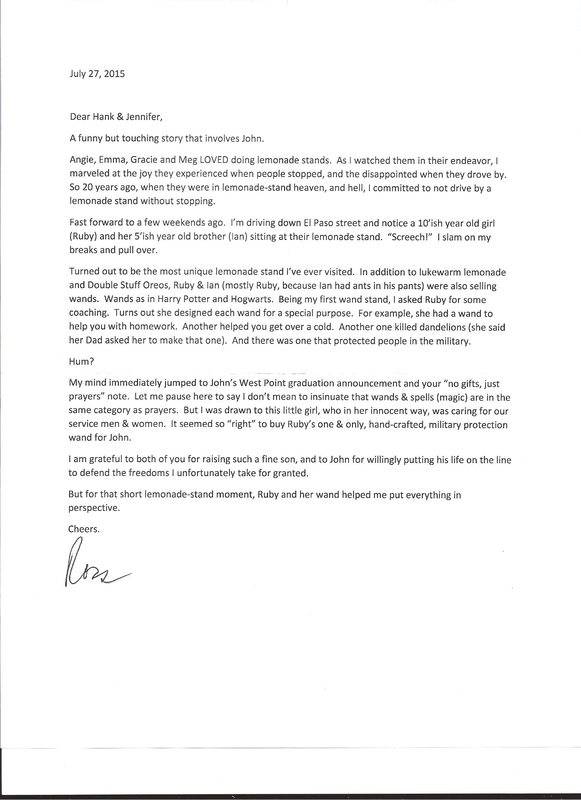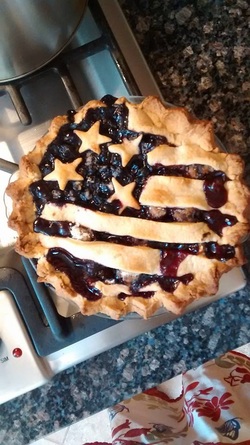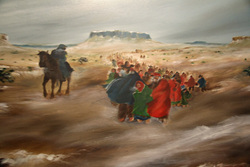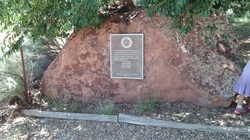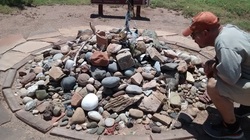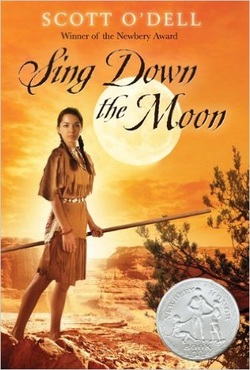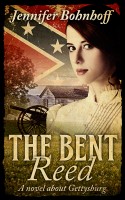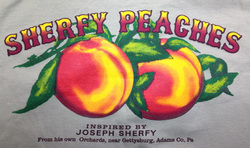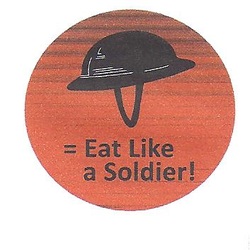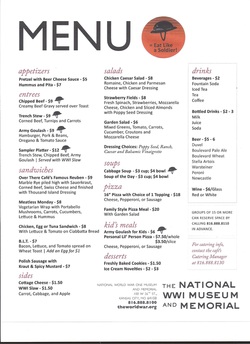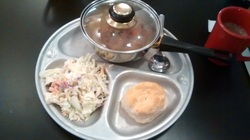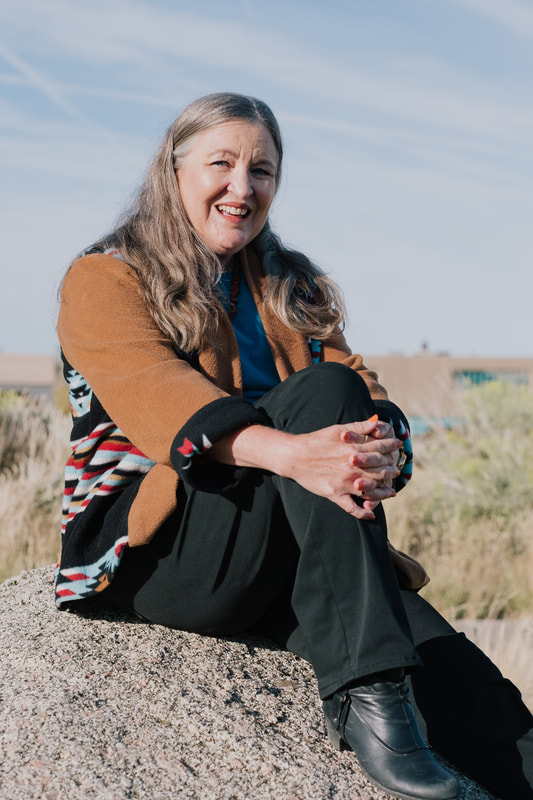
Does fall begin when school begins? Here in New Mexico, that would move fall to the middle of August.
Is fall when supermarkets begin roasting green chili in their parking lots at the end of August? After Labor Day, even though it's still in the 90s in the afternoon? When the State Fair begins or ends? On the Autumnal Equinox, which was always on September 21 when I was a kid but has mysteriously slipped to a different day? In early October, when the International Balloon Fiesta comes to town and the sky fills with a riot of noise and color? Or the middle of October, when the air finally cools down and the aspens turn golden?
This is a fairly new tradition for me. When my kids were little, everyone in the house had dibs on a different colored plate. This was convenient, because I could at a glance figure out who'd left his cereal bowl in front of the TV and who was hoarding crockery in his room. But the boys have grown up and out moved out, and I am left with a stack of multicolored Fiesta ware and the desire to do something with them other than look at the colors and miss the boys who used to eat off them.


Restacking my plates doesn't put me into the Martha Stewart hall of fame, but it makes me happy. What traditions do you do to celebrate the changing of the season?


